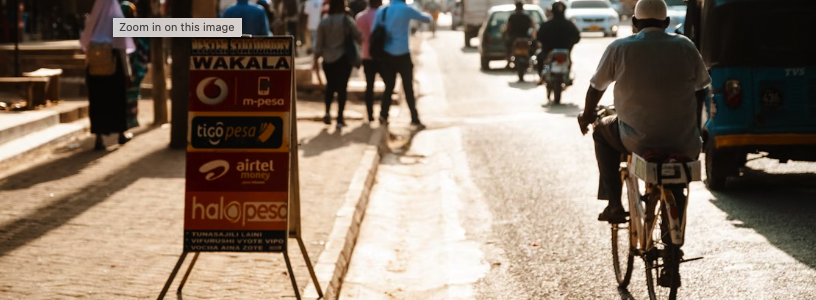In the final episode of the fourth season of Reimagining motion, we speak with Gail Jennings, a research consultant based in South Africa. We explore the opportunities and the challenges of developing future infrastructures with active mobility (walking and cycling) as a central mode of transport in low- and middle-income countries.
Below is an excerpt of the conversation, edited for length and clarity.
Holger Dalkmann
So let’s dive immediately into our podcast. Perhaps we could start with a better understanding of the extent to which walking and cycling is an important mode of transport in middle and low income countries, with a focus on African cities.
Gail Jennings
As you mentioned in the introduction, walking and cycling are what I call your main primary modes. Because what we’ve discovered is 70% of trips in African cities and rural areas are made by walking. But they are not the only ways in which people move.
So people who walk will also cycle, will also take other modes of transport, but they are by sort of any kind of definition, these are the main ways in which people travel by walking. And to a lesser extent, cycling. But walking is the primary mode.
Holger
Can you elaborate a little bit more about also the challenges people are facing and to walk in cities.
Gail
We’ve given that the statistics in the beginning of the podcast about how at times up to 70% of trips are made by walking in African cities and that on sort of first hear and can sound like this is a positive thing, that the mode share are very around sustainable modes and that walking, that kind of mode split is something that would be enviable for people working in European cities, for example.
But we are talking about people who are walking in very, very poor conditions in terms of infrastructure, mostly there wouldn’t be sidewalks for people to walk on. And if there are sidewalks, they are very poor quality. There may be any manner of obstacles that make it very, very unpleasant to walk.
So these cities might have very high walking shares, but this is not a joyful, or pleasant way of moving. And one of the consequences of this is that people would very much rather be taking motorised modes of transport. And unless walking is made to be a very much more pleasant and desirable way of getting around, then retaining these mode shares is just not going to happen.
Holger
What are the elements that need to change?
Gail
I think in urban areas, it’s it’s it’s pretty straightforward in in that walking infrastructure is so clearly the right intervention and there is there is political will among people who are currently officials in many of the of the cities where these policies exist.
There is sometimes quite a high turnover and therefore loss of institutional knowledge and commitment. So I would I would say that that that is an important and important element to, to ensure that people across the board know the value of walking and cycling so that it isn’t invested only in one champion in government or in a few, in a few, champions so that so that policies become very much more institutionalised. So because that will mean that it is easier to allocate the resources to building and walking infrastructure.
So in cities, to sell walking, if I can use it that way, is as an air quality intervention rather than a climate intervention, then it is much more likely to have to see traction in the development of infrastructure And that is likely to get walking infrastructure in the cities.

